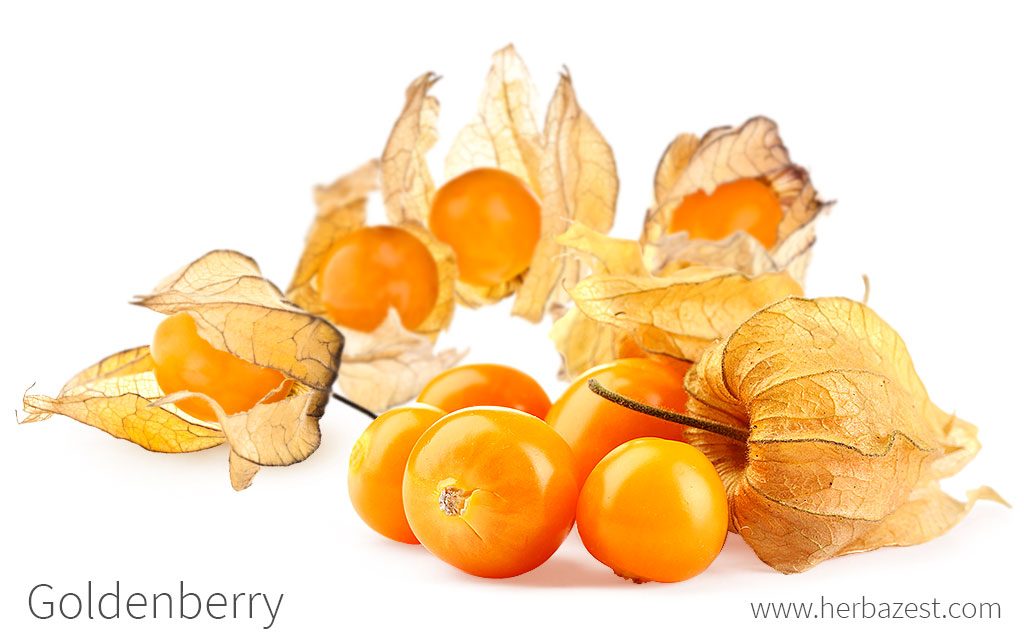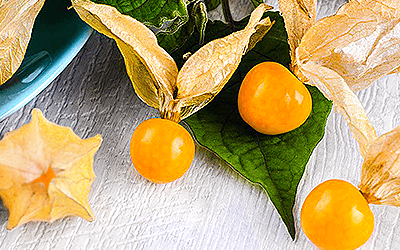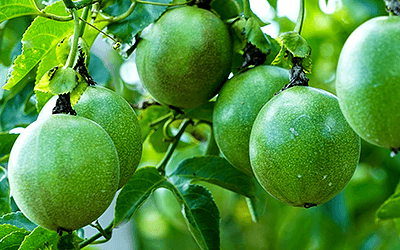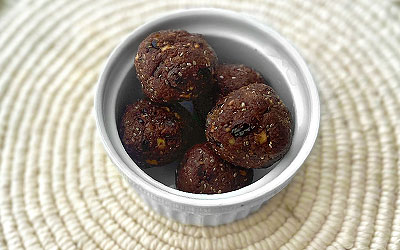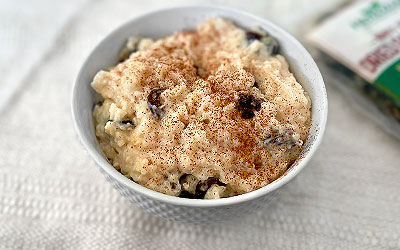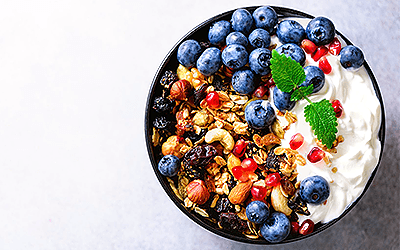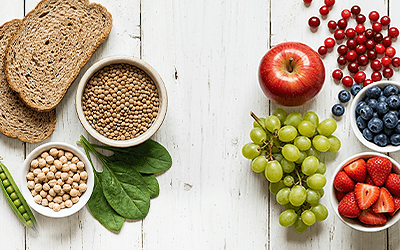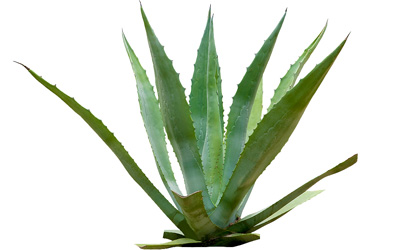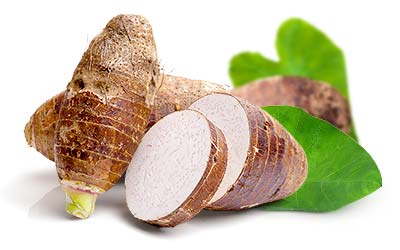Goldenberry, a fruit originating in the tropical highlands of South America, is gaining popularity in the culinary world for its rich vitamin content. Goldenberry was first domesticated in its native regions - the tropical highlands of Peru, Ecuador, Chile, and Colombia – during pre-Incan times. Although the goldenberry is now grown in different places throughout the world, its natural habitat is still considered subtropical mountain regions.
Goldenberry Medicinal Properties
- Medicinal action Anti-inflammatory, Hypoglycemic
- Key constituents Alkaloids, carotenoids, flavonoids, glycosides, melatonin, polyphenols, tannins
- Ways to use Food, Juiced, Powder, Dried
- Medicinal rating (2) Minorly useful plant
- Safety ranking Safe
Health Benefits of Goldenberry
Goldenberry has been traditionally used to treat a variety of health conditions; both popular consumption and scientific research suggest that the herb is mainly useful for:
Relieving inflammation. Animal studies have discovered that goldenberries can reduce inflammation. However, human trials are needed to further understand the extent of these potential benefits.
Managing diabetes. Studies have shown that thanks their unique compounds, goldenberries may help prevent blood sugar spikes, thus helping manage diabetes.1
Decreasing oxidative stress. Researchers have found that goldenberries can help reduce cardiometabolic disease risk by lowering oxidative stress.2
Supporting liver and kidney health. Goldenberry exerts a protective action in these vital organs, helping with the prevention and treatment of hepatic and renal fibrosis.
Goldenberry may also be of use for treating stress and insomnia due to its relaxant action, which has been shown to reduce anxiety and induce sleep.
Goldenberry has been traditionally used for killing intestinal parasites.
How It Works
Goldenberry contains important supporting compounds, such as tannins, polyphenols, and carotenoids.
Goldenberry's polyphenols possess antioxidant properties that are believed to be responsible for its anti-inflammatory effects and its ability to lower glucose levels. However, further research is necessary to fully explain its mechanisms of action.
Moreover, further studies are needed to identify the exact workings behind the protective effects of goldenberry in the hepatorenal function, but it is thought that the presence of alkaloids, glycosides, and flavonoids, contributes to reduce the biomarkers related to liver and kidney diseases.
The antiparasitic activity of goldenberry and its widespread indigenous use for eliminating intestinal worms is credited to the plant's tannins.
Goldenberries also contain melatonin, which promotes restful sleep.
Herbs well-known for their anti-inflammatory, pain-relieving activity are turmeric and cat's claw, whereas yacon provides similar hypoglycemic properties.
Goldenberry Cautions
Although goldenberry is considered safe in dietary amounts, its toxicity has not been extensively studied and consuming more than 200 grams per day may lead to liver and kidney damage.
Goldenberry Nutrition
Goldenberries' nutrition is rounded by high amounts of vitamin A (as carotenoids), which delivers 519 mcg per 100 grams, more than half of the daily value for this important compound, which possess antioxidant properties that can help neutralize free radicals and prevent age-related diseases, as well as protecting skin and eye health.
Goldenberries are a good source of vitamins B1 (thiamin), B2 (rivoflavin), and B3 (niacin), all of which help the body produce energy by aiding in the metabolism of carbohydrates, fats, and proteins; they also support the health of skin, hair, and eyes, as well as the nervous system.
The fruits of Physalis peruviana also provide good amounts of iron and potassium, both important minerals that play a key role in blood cells production and blood pressure, as as well as in the well-function of nerves and muscles.
Contrary to popular belief, the amount of vitamin C (ascorbic acid) contained in 100 grams of Andean goldenberry, while it represents about 22% of the daily value for this nutrient, is not that impressive compared to that of camu camu, kiwi, and orange.
Other nutrients, present in small amounts in the Inca berries are calcium, phosphorus, and zinc.
100 grams of fresh goldenberries provide about 77 calories, as well as 4% and 14% of the daily values for protein and fiber, respectively.

How to Consume Goldenberry
- Edible parts Fruit
- Edible uses Flavoring
- Taste Tangy, Tart
Nowadays, goldenberry is primarily consumed as a food product, enjoyed for its taste and nutritional value, as its medicinal uses are typically limited to indigenous peoples.
Natural Forms
Raw. Especially in its native regions, goldenberry is consumed raw, whether alone or in a fruit salad. The berry's tart, acidic taste is not agreeable to all, but many enjoy it in small amounts.
Juice. All the nutritional and medicinal benefits of goldeberry can be obtained from juicing its fresh berries, alone or mixed with other fruits.
Dried. Outside of South America, goldenberry is often consumed dried because it is easier to transport and store while still making a good snack.
Powder. Goldenberry powder provides all the nutritional and medicinal benefits of these Andean berries. It can be diluted in shakes and juices.
Goldenberry has become an important ingredient in gourmet desserts in Peru and other parts of South America. It be found candied and in products such as energy bars, beverages, and jams.
Growing
- Life cycle Perennial
- Harvested parts Fruit
- Light requirements Full sun
- Soil Loamy sand
- Soil pH 5.6 – 6.0 (Moderately acidic), 6.1 – 6.5 (Slightly acidic), 6.6 – 7.3 (Neutral), 7.4 – 7.8 (Slightly alkaline)
- Growing habitat Subtropical regions
- USDA Plant Hardiness Zones 3a, 3b
- Planting time Early spring
- Plant spacing average 0.6 m (1.97 ft)
- Propagation techniques Cuttings
- Potential insect pests Leafhoppers
- Potential diseases Mildew
Goldenberry is an herbaceous perennial that requires subtropical climates. Warm temperatures and plenty of sunlight are essential to determine nutrient levels.
Growing Guidelines
Goldenberry is tolerant of poor soils and prefers a pH ranging from neutral to slightly alkaline (5.6 - 7.8).
It can be propagated from seeds or cuttings.
Goldenberry plants require 24 - 31 inches (600 - 800 mm) of annual precipitation.
The most sustainable altitude for goldenberry's growth is between 5,905 - 9,185 feet (1,800 - 2,800 m) above sea level.
Additional Information
Plant Biology
The goldenberry plant, which can grow up to 24 - 36 inches (90 - 160 cm) tall, has round, yellow and red blooms that eventually form a calyx. The green calyx opens to a round, yellow-orange fruit surrounded by petals that turns into a brown husk when they dry out, enclosing the berry.
Classification
Goldenberry (Physalis peruviana) is a member of the Solanaceae family, which contains 2,700 species spread over 98 genera. This family is often referred to as the nightshade family and many of its members are of great economical importance, such is the case of potato (Solanum tuberosum), tomato (Lycopersicon esculentum), and eggplant (Solanum melongena).
The Physalis genus in particular contains about 90 species, of which all but one are native to the New World.
Cultivars of Goldenberry
Physalis peruviana has no distinct subspecies. However, it does have several cultivars, which mainly feature differences in berry size and taste. Some of the most common include 'Giant Grosso', 'Giant Golden Berry', and 'Long Aston'.
Historical Information
The importance of goldenberry throughout history dates back to pre-Incan times. It was used widely in these days throughout all of South America, though it remains uncertain whether it originated in just the Peruvian highlands, or if the region also encapsulated present-day Ecuadorian territory. Goldenberry was used at this time predominately for its medicinal purposes.
By the 18th century, goldenberry was being grown by settlers on the Cape of Good Hope, as well as in England. From these places, its use spread across the world.
Indigenous women in 18th-century Peru used the fruits to make perfume.
Economic Data
Goldenberry enjoys economic importance due to its richness in nutrients and its related medical benefits, which is especially relevant to the jam and juice industries. Ecuador and Colombia produce the largest amount of the world's goldenberry, though England also cultivates a large proportion of it. Peru, Nigeria, and South Africa are also important contributing producers, the latter inciting greater English consumption due to the development of successful cultivars during the 19th century.
Other Uses
Gardening. Goldenberry is used as an ornamental plant.
Culinary decoration. Goldenberries are gaining popularity as a garnish for gourmet dishes, due to their curious calyx and bright, golden color.
Sources
- Asian Pacific Journal of Tropical Biomedicine, Assessment of antidiabetic activity and acute toxicity of leaf extracts from Physalis peruviana L. in guinea-pig, 2013
- Fruits of Warm Climates, Cape gooseberry
- Journal of Dietary Supplements, Golden berry juice attenuates the severity of hepatorenal injury, 2013
- Lost Crops of the Incas, pp. 241-9
- USDA Nutrient Database, Nutrient report 09107: Gooseberries, raw
- Journal of Agricultural and Food Chemistry, Oil goldenberry (Physalis peruviana L., 2003
- Journal of Ethnopharmacology, Supercritical carbon dioxide extract exhibits enhanced antioxidant and anti-inflammatory activities of Physalis peruviana, 2006
- Peruvian Powerfoods
Footnotes:
- Food Research International. (2022). Consumption of golden berries (Physalis peruviana L.) might reduce biomarkers of oxidative stress and alter gut permeability in men without changing inflammation status or the gut microbiota. Retrieved August 16, 2023, from https://www.sciencedirect.com/science/article/abs/pii/S0963996922010079
- Carbohydrate Research. (2018). Peruvioses A to F, sucrose esters from the exudate of Physalis peruviana fruit as α-amylase inhibitors. Retrieved August 16, 2023, from https://pubmed.ncbi.nlm.nih.gov/29549750/

